Artificial Intelligence (AI) has evolved from a futuristic concept into a powerful force reshaping the workforce. As AI systems become more capable, automation is transforming industries, impacting job roles, and redefining the relationship between humans and machines. To fully grasp its implications, it’s important to understand the historical journey of AI and job automation.
What is Job Automation with AI?
AI-powered job automation refers to the use of intelligent machines and algorithms to perform tasks that once required human labor. This includes everything from data processing and customer service to manufacturing and logistics. The automation journey, however, began long before modern AI.
A Brief History of AI and Job Automation
The Industrial Revolution (18th–19th Century)
Automation began with mechanical innovations such as the spinning jenny and steam engine. These inventions revolutionized manufacturing, reducing the need for manual labor and sparking early concerns about job displacement.
The Rise of Computers (20th Century)
The mid-20th century brought the digital revolution. Computers started handling tasks like bookkeeping, calculations, and data entry. Although not AI in the modern sense, these advancements marked the beginning of digital job automation.
Early AI Research (1950s–1970s)
AI as a field was formally established in the 1950s, with pioneers like Alan Turing and John McCarthy. Early AI focused on symbolic reasoning and logic-based systems. Though limited, it introduced the idea that machines could “think” and mimic human decision-making.
The Automation Boom (1980s–2000s)
Industrial robots entered factories, especially in automotive manufacturing. Meanwhile, software automation tools replaced repetitive office tasks. AI remained mostly academic, but machine learning research was slowly gaining ground.
The Age of Machine Learning (2010s–Present)
The explosion of big data, faster computing, and algorithmic breakthroughs led to a new era of AI. Systems like Siri, Alexa, ChatGPT, and autonomous vehicles became reality. AI began automating jobs in customer service, retail, healthcare, transportation, and more.
Key Impacts on the Workforce
Job Displacement and Reskilling
AI and automation have replaced certain manual or repetitive jobs, especially in manufacturing and clerical roles. However, this has also driven demand for new skills and careers in data science, AI development, cybersecurity, and digital management.
Enhanced Productivity
Automated systems can work around the clock without fatigue, significantly improving efficiency in industries like logistics, finance, and healthcare.
Shift in Job Roles
AI has changed the nature of many jobs. For instance, doctors use AI for diagnostics, while marketers use algorithms for customer targeting. Many roles now require humans to work alongside AI rather than be replaced by it.
Ethical and Social Challenges
AI in job automation raises questions about fair labor practices, income inequality, and access to retraining opportunities. Governments and organizations face pressure to create policies that protect workers and guide ethical AI use.
Conclusion
The history of AI and job automation reflects a continuous evolution—from steam engines to smart algorithms. While AI has displaced some jobs, it has also created new opportunities and transformed how work gets done. As we move forward, balancing technological advancement with ethical responsibility and workforce development will be essential to ensuring an inclusive and sustainable future.


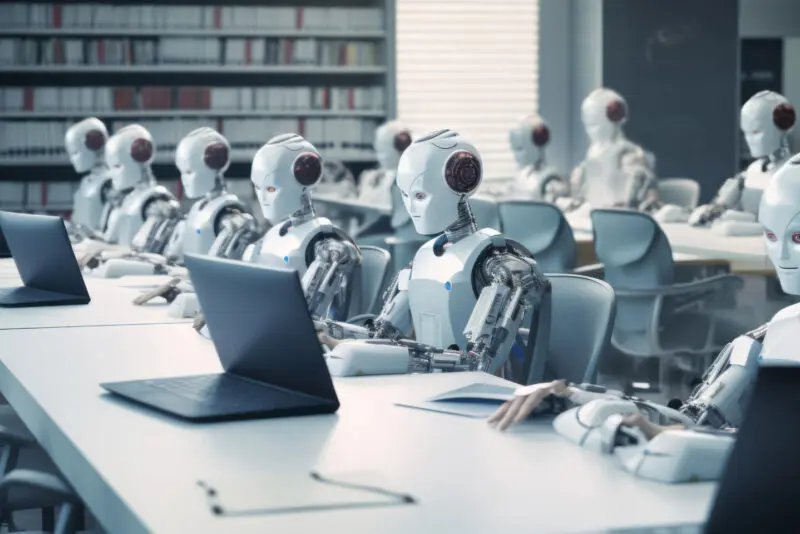
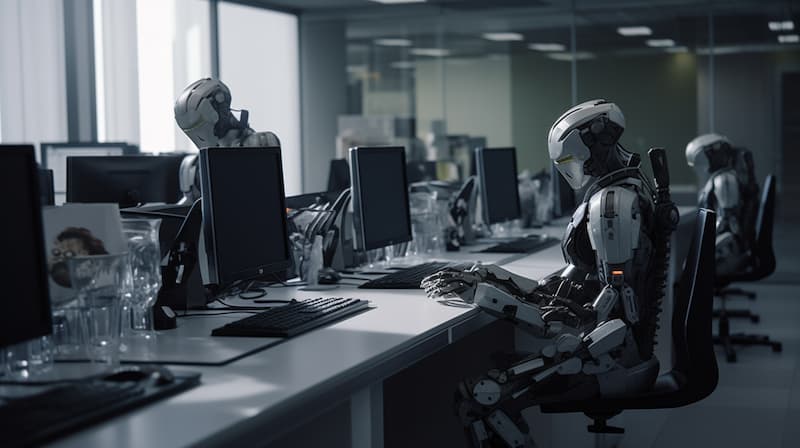
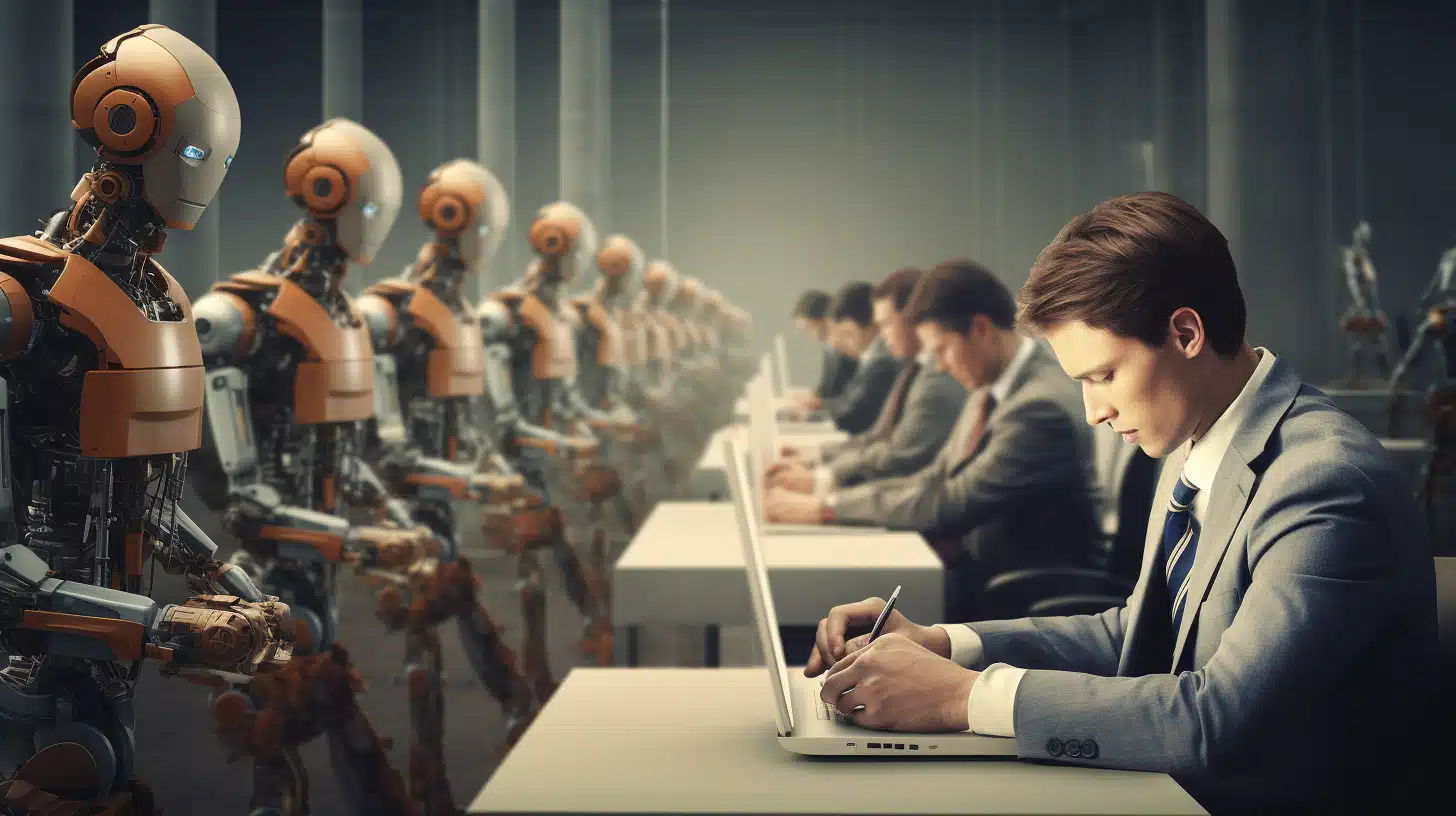
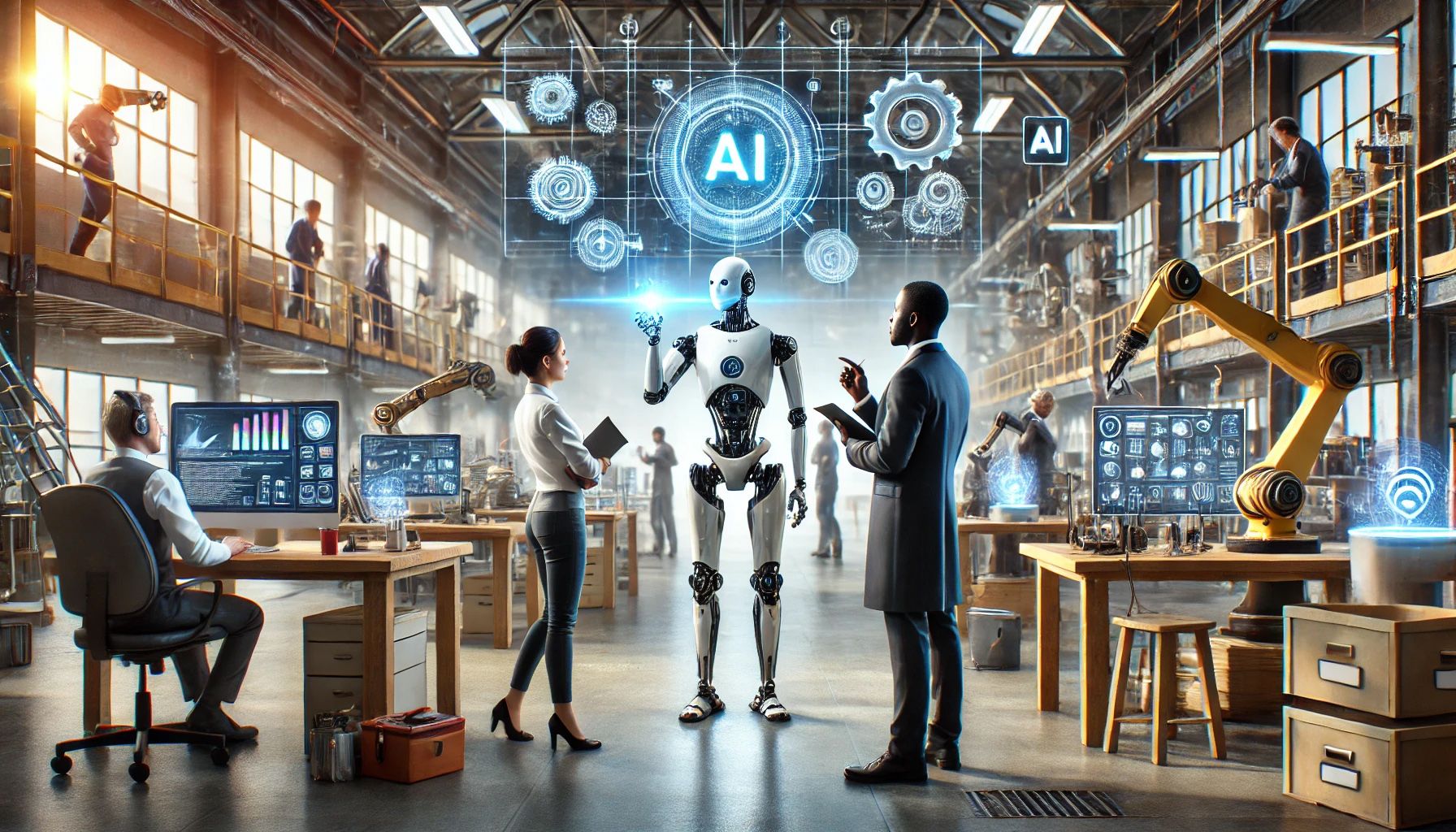
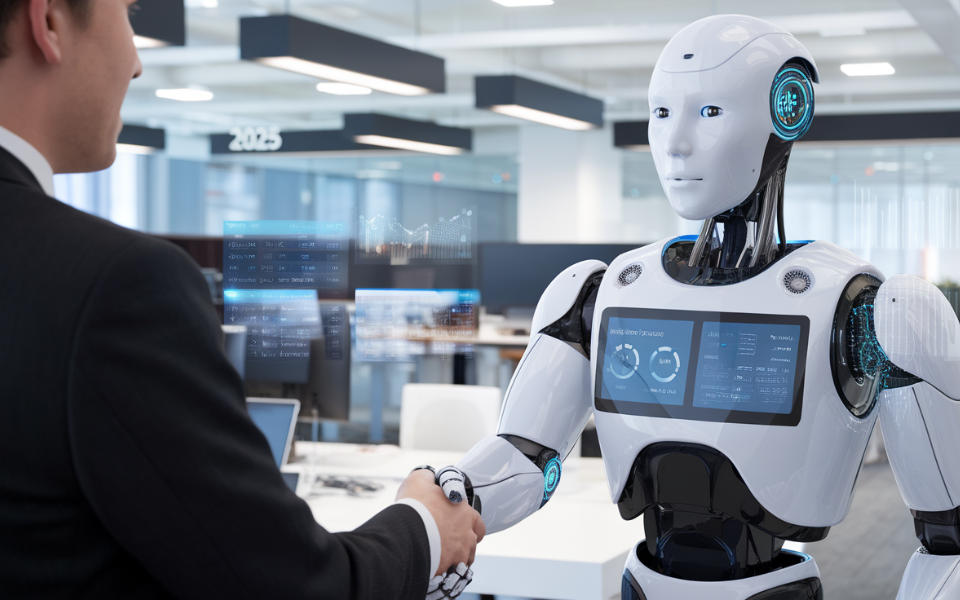
Leave feedback about this